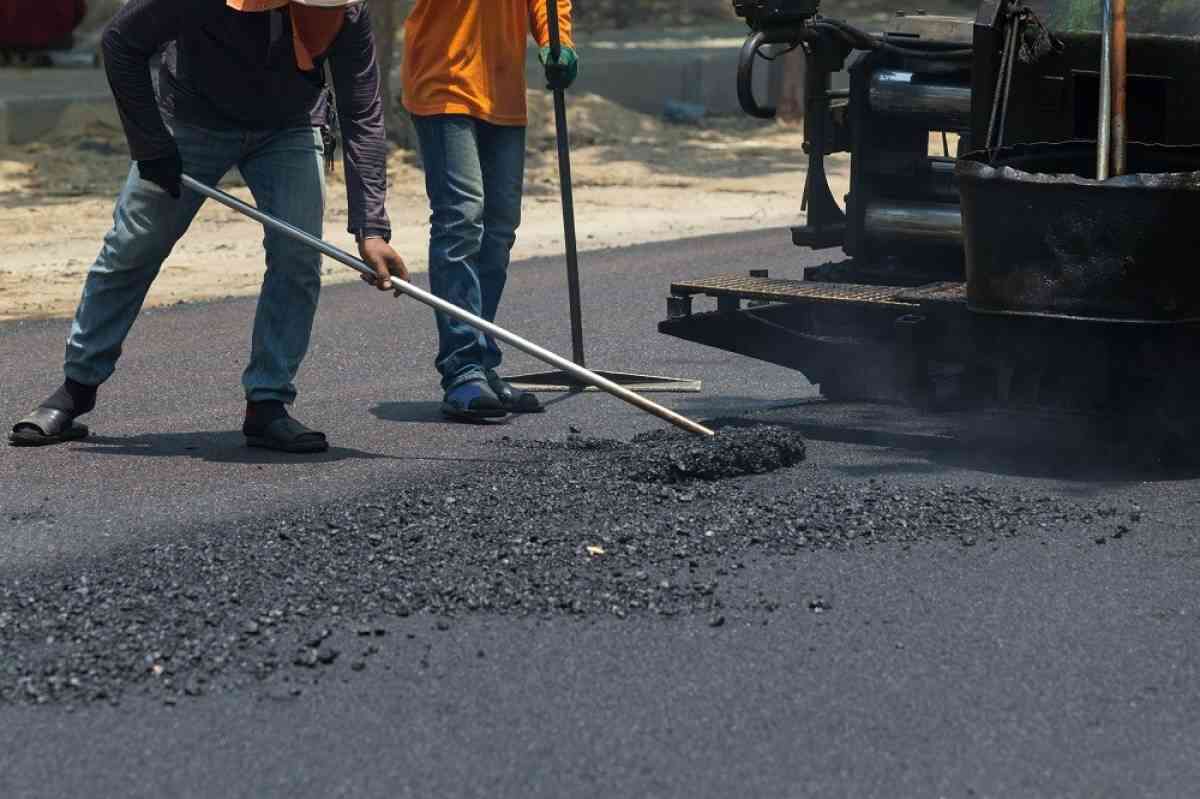The Steps Involved In The Repaving Process
- - Category: Constrution
- - 01 Jun, 2023
- - Views: 252
- Save

Here is a step by step guide for what goes into the repaving process.
From time to time, the roads we travel on need maintenance since they get cracked and deteriorate due to continued use. Repaving is one of the most common maintenance practices on roadways. Repaving involves the removal of the old asphalt layer and replacing it with a new one. The process can be cumbersome and require specialized equipment. Below are the steps involved in the repaving process to help you understand the tasks involved.
Surface Preparation
Surface preparation is an essential step in the repaving process. Every crew knows the importance of beginning by marking critical areas, cutting the existing surface, and removing debris. Once complete, the surface is inspected for any major depressions and cracks. These issues are then filled with asphalt to ensure a smooth surface. Taking the time to prep the surface properly will improve the quality of the repaving job and extend the life of the newly paved surface. By identifying and addressing potential issues before laying the new asphalt, crews can create a safe and durable roadway for all who use it.
Remove Old Pavement
When it comes time to remove old pavement, the process can be loud and disruptive. Surface preparation is the first step, after which specialized tools such as jackhammers, front-end loaders, or excavators are used to break the asphalt into small pieces. These pieces are then loaded onto a truck and removed from the site. Although the process can be noisy, ensuring a smooth and safe surface for vehicles and pedestrians is necessary. The surrounding neighborhoods may experience disruptions during the removal process, but ultimately, the result will be a clean and updated roadway.
Grading
In repaving a road, grading is essential to ensure the new pavement is supported properly. After removing the old pavement, a crew inspects the sub-base for weaknesses. While this task may seem mundane, it is essential to determine the strength of the underlying structure. By identifying unsuitable areas and filling them correctly, the crew ensures that the sub-base can support the new pavement. Neglecting this step can lead to costly and time-consuming repairs down the road. Thus, it is crucial for the crew to perform a diligent investigation of the sub-base during the grading process.
Apply New Asphalt
Before applying new asphalt, the road must be graded to prepare the sub-base. Once this is complete, the crew will use a paver machine to distribute the new asphalt layer evenly. Precision is key, as the evenly laid asphalt prevents any bumps or unevenness in the road surface. It's also important to ensure that the asphalt is cantered, which allows rainwater to drain effectively. The new asphalt layer can improve a road's longevity and provide a smooth driving experience with proper application.
Rolling and Compaction
Compaction and rolling play a crucial role in the longevity and durability of road construction. These processes ensure that the asphalt layer adheres permanently to the sub-base, creating a sturdy foundation for the road's surface. Heavy-duty rollers are used in compaction to identify any areas that require further attention from the crew, helping to ensure that the surface is level and even. By adding or removing asphalt, the crew works to achieve a smooth road surface, free from potential hazards that could compromise the new construction's integrity. Ultimately, the use of proper compaction and rolling techniques is critical for the successful construction of a functional and long-lasting roadway.
New Pavement Markings
Once the asphalt is laid and compacted, pavement markings are needed to indicate lanes, intersections, crosswalks, and other important details. Usually done through a pavement marking service, specialized equipment is used to apply thermoplastic and water-based paint in various colors to indicate different roadway features. These markings are essential for providing a safe and effective driving experience, as they clearly indicate traffic flow on a roadway. Additionally, reflective materials may be added to certain markings to increase visibility and safety at night.
Repaving a road is a substantial undertaking that involves specialists, specialized equipment, and a significant investment of time and money. It's critical to hire a reputable contractor and be familiar with the process of carrying out a successful rehabilitation project. We hope this blog has helped you understand the steps involved in the repaving process. With proper maintenance, a newly repaved road should have a 20-25 years lifespan, improving drivers' and pedestrians' driving experience and safety.



